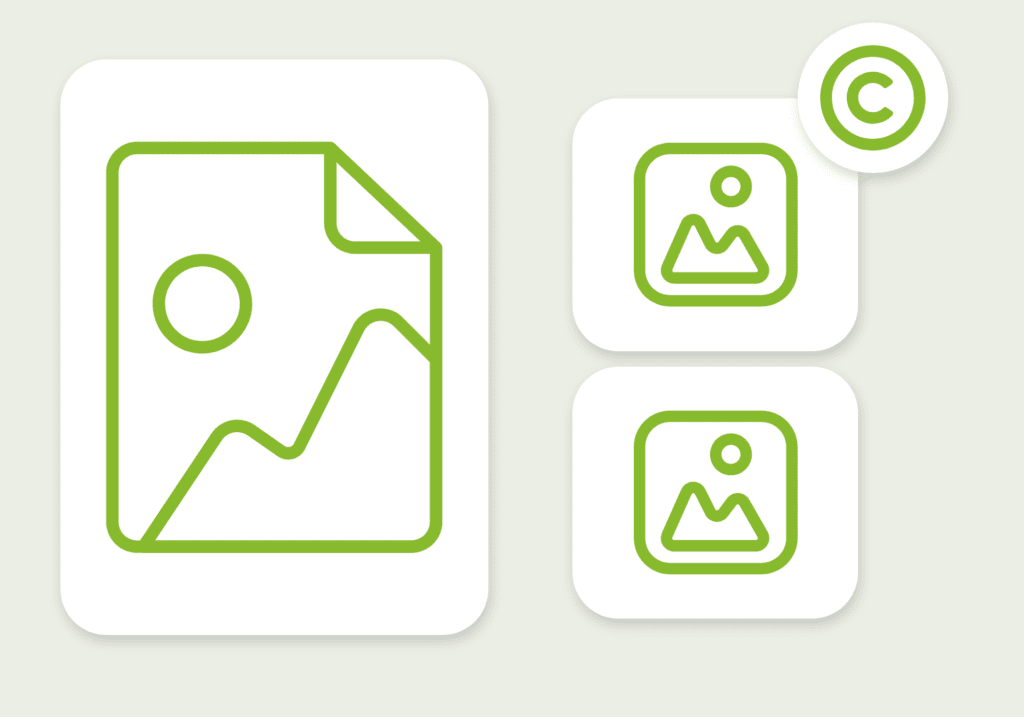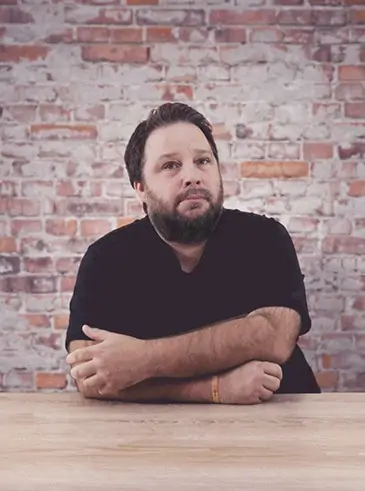Over the past few months, we’ve noticed an influx of issues with copyright violations in relation to images and fonts. Quite a few clients have told us that they’ve received emails about images they added to blog articles years ago. They’re in a bit of a panic, and to be honest, they probably should… because it can cost a lot of money in fees if you do get chased up for this.
Before we delve in, though, we want to mention this important disclaimer, as we’re not lawyers…
Disclaimer: this blog article, and the advice and opinions within it are in no way intended to be legal advice. We recommend it’s best to seek actual legal advice from an appropriately qualified legal professional in relation to these issues. Especially if you have, or may have, issues regarding the copyright of images or fonts you have used.
Now that we’ve got that disclaimer out of the way, let us explain more of what we’ve noticed, and what we think you should be aware of.
Table of Contents
ToggleCopyright infringements have been cropping up more lately 📝
There’s been a growing number of copyright infringement notices and cases lately, from what we’ve noticed. We’ve heard from quite a few clients who have contacted us asking what they should do, after receiving copyright infringement notices — often from images they used for a blog article years ago.
We think it’s AI-based — the tools are getting smarter and smarter, and, therefore, better at detecting the use of an image.
AI may be the cause for another reason as well — with the influx of AI text and image generators, which train themselves on existing works to generate imagery, the likelihood of artworks being closely copied or reproduced is nothing to sneeze at, and may mean more original artists are on their guard against copyright infringement. We’ll talk more about that later.
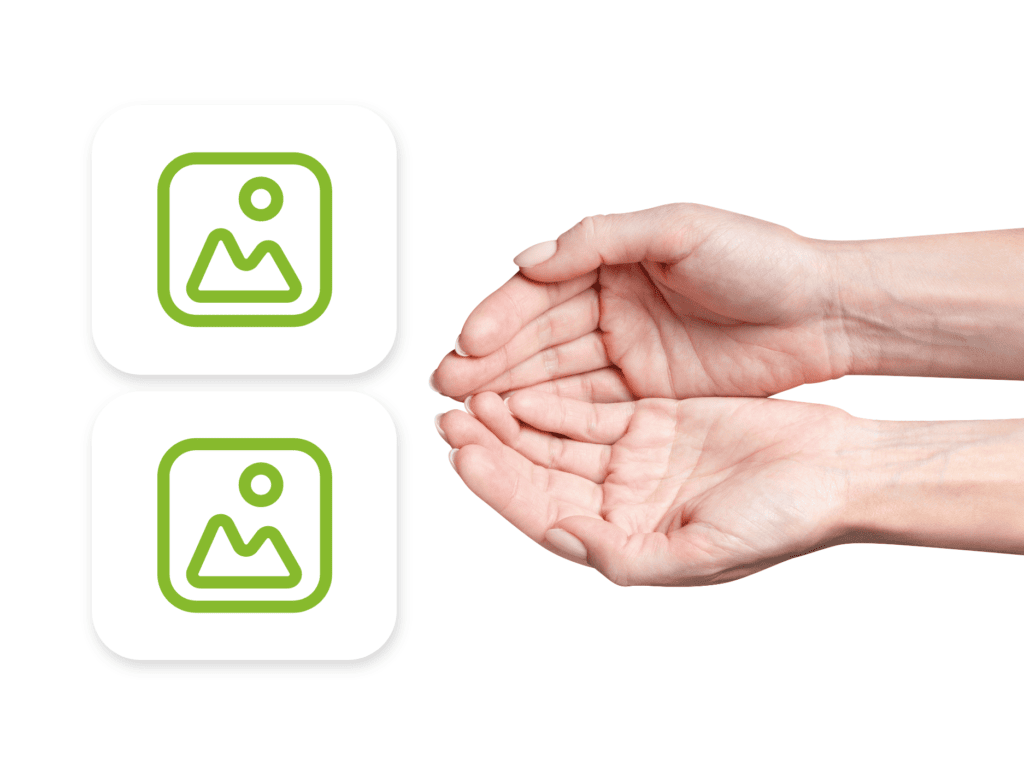
Specialised software can detect the use of an image 🔎
Licences are essential to use the works of others 📇
It’s important to know that, legally, if you want to publish, reproduce, copy, or share the work of someone else, you need to gain the correct permissions or licences.
In Australian law, and US law, (and probably most other countries), copyright is automatic. This means that it doesn’t need to be manually registered as a copyrighted item, but is actually automatically protected by copyright law the moment it is documented, either on paper or electronically. In Australia, the Copyright Act 1968 provides this.
Licensing is a way for copyright holders to give permission to others to use their work. In order to use the work, you must hold that licence, and your use of the image or work must fall within the terms of the licence.
The terms of the licence can include things like:
- Who is allowed to use the image within the licence
- Where you’re allowed to publish or use their work
- How you’re allowed to use it
- Whether you have to mention them as the author/creator/source of the work
- How long you’re allowed to use it for
- Whether you’re allowed to modify it in any way
- Whether you’re allowed to use it in a way that can make you money
- And other factors.
It’s important to make sure you understand and follow the terms, in full, or you will be in breach of copyright laws, and could be charged for compensation.
Even if you didn’t know your image was copyright-protected or have somehow accidentally infringed copyright — it’s still your responsibility. You’ll still need to pay the fees and cop the consequences of using the image without the right authorisation. So, it’s pretty important to make sure you’re across it.
Fonts do have copyright, too — and licences don’t always include web fonts ✍️
Copyright laws do apply to fonts, as well as images, media, music, writing and other ‘original work’. This means that in order to legally use a font type, you need to ensure that you have the right to use that font.
It’s important to note that not all font licences include web fonts. So you need to be very careful to check your licensing usage inclusions, before using a font.
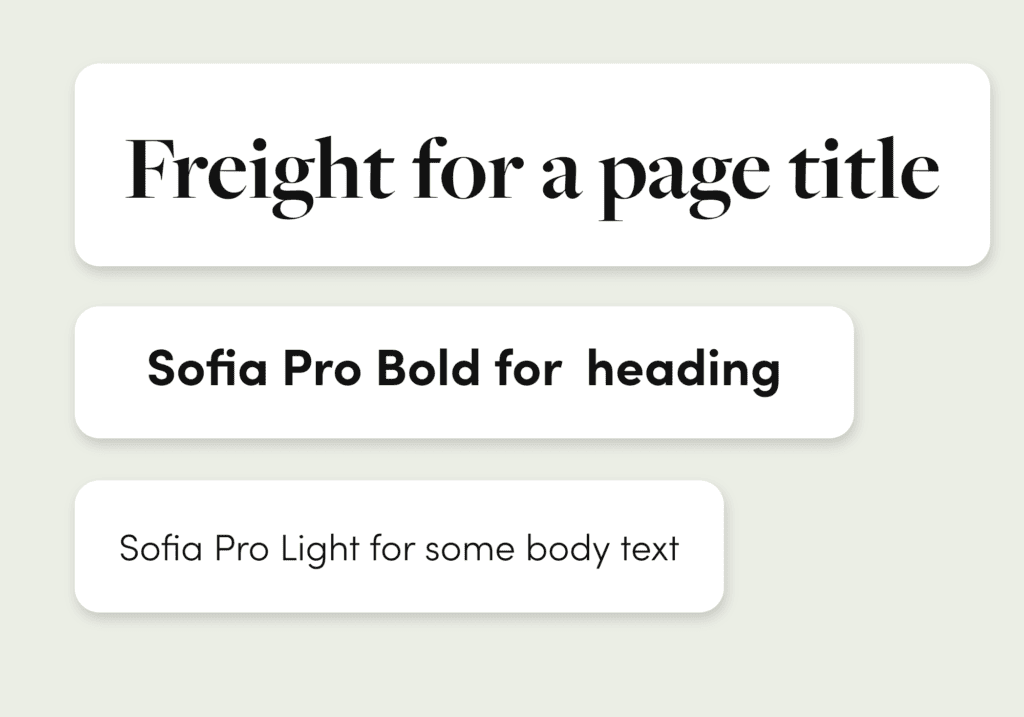
There are different types of licences 🤔
- Some works have open licences, or open rights, for anyone to use them.
- Some you need to purchase a licence to use them.
- Some you can use in some situations, ways, and places, but not others.
- Some allow you to alter the work, some only allow use in its original form.
- Some allow for non-commercial use, but ban commercial use (e.g. ads, campaigns, or anything that can make you money).
- Some require you to acknowledge the craters
With any copyrighted material, which is essentially anything that has been created by anyone other than yourself, you need to make sure that you have permission to use that material, and that you have permission to use it in the way that you’re using it. Otherwise, you could face fines or other penalties.
It’s not always enough to have a licence. You must also prove it 📃
Something that we’ve unfortunately seen crop up for some of our clients is that they’ve been stung with copyright infringements for works that they’re sure they purchased the rights to use at one point, but didn’t keep records of, and now are unable to prove.
If you have a copyright claim made against you, it’s unfortunately not good enough to have a memory of having the right to use it. You must prove you have the right to use it.
- Make sure your filing and record-keeping are on point.
- Make sure you’re using the image, font or other asset within the terms of the licence agreement.
- Make sure you’re the one that is authorised to use the asset.
- Make sure you check the licensing agreements and their rules before re-using an asset.
- If you use stock images, you need to hold onto the licences, to prove you bought the rights to use the asset.
- If it’s on your website, it’s technically your responsibility. So, if you have had anyone add content to your website, you need to make sure that you have the rights to it.
Just because they’ve been used before, does not mean they’re ‘safe’ to use 🙅
Many people mistakenly think that because something has been done before, it must be fine. This logic is not ideal when it comes to copyright and the associated legalities and potential penalties. If you did something before that you’re now not 100% sure was fine or not, it’s important to check it, and fix it, instead of replicating it. It will hurt a lot more paying for 50 breaches, rather than just a few. It’s better to never breach copyright in the first place, of course.
There’s also other matters to consider such as, you may have published the image at a time you had a licence, but it’s since expired. You may have had a licence to use the image in one place, but not another. Or the image could have been used by someone within your team that didn’t know any better. Catch the issue, rather than replicate it, is our advice.
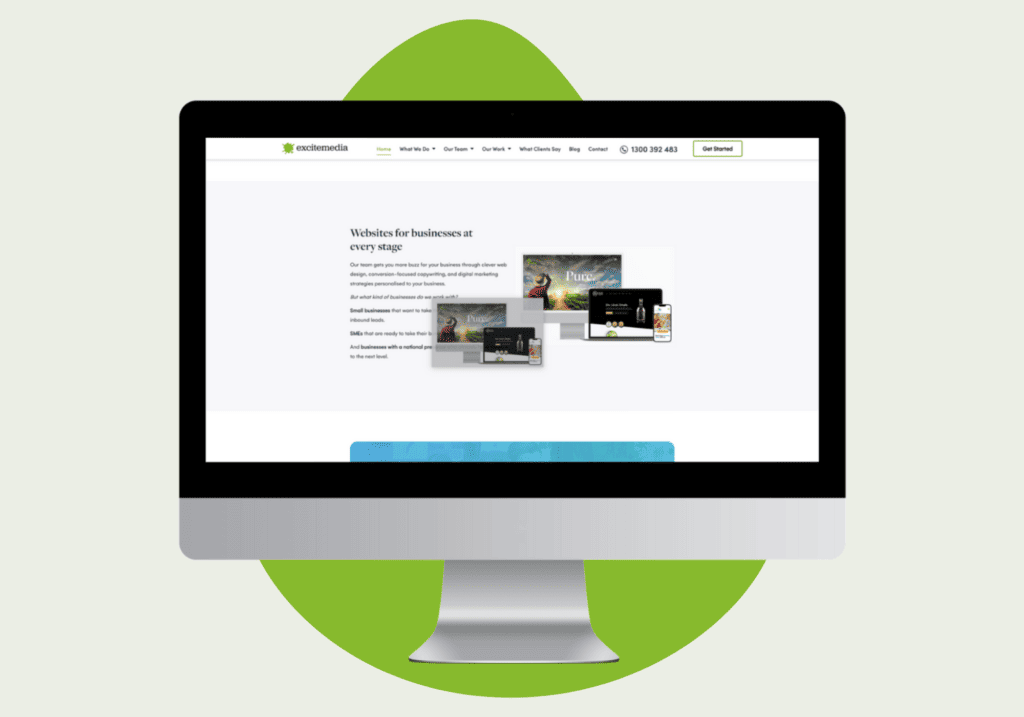
It could be more than one fine if you do breach copyright 💰
Auditing your social media, website, and other outputs is a good idea 💼
It’s a good idea to prioritise doing a full audit of the content you have out there, across all channels, and check that you’re not breaching any copyright laws.
- Check everything.
- Double-check licences.
- If in doubt, remove, update, or replace.
- Safer is better than sorry, in our opinion.
- It’s a good idea to get legal advice about things to be careful about, in particular.
Places to be sure to check ✅
This is not meant to represent the full list — again, this isn’t legal advice, just general advice. But if we were you, we would check:
- Blog articles — current, recent, and historical.
- Website content.
- Social media content —- LinkedIn blogs & posts, Facebook content, YouTube content, Instagram, TikTok, Twitter, Vimeo, and every other channel you use.
- Email automation and email campaigns.
- Brochures and promotional materials.
- Downloadable content.
- Especially check anything “commercial” or that promotes you, or makes you money.
- Anything that could make it seem like you’re claiming their work as your own.
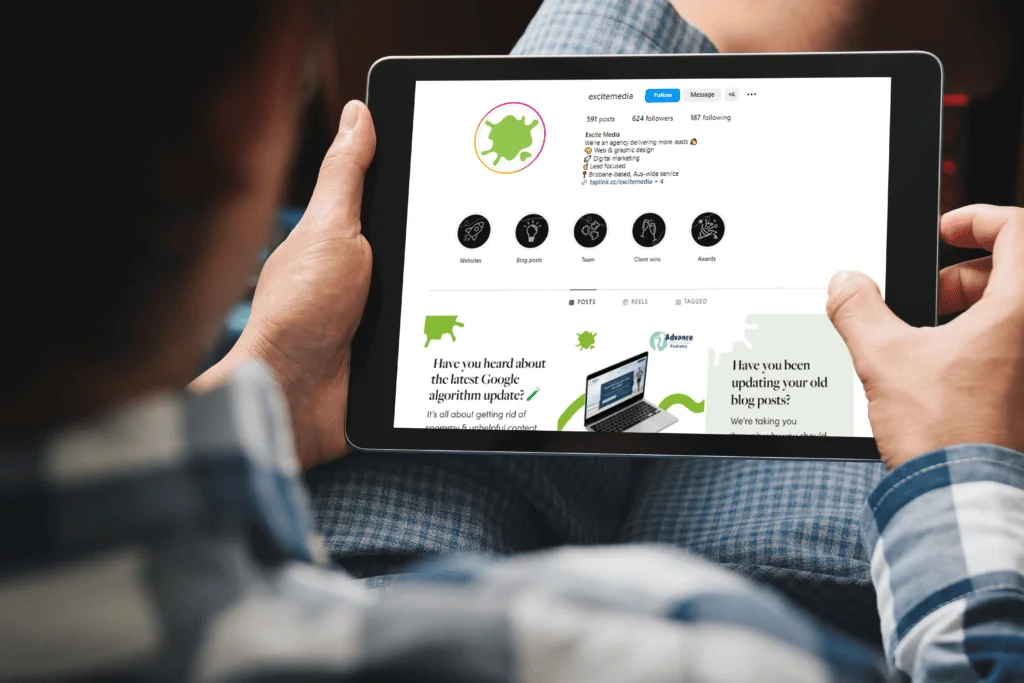
If you hired someone to build your website, you’re still responsible for its content, including the imagery. 🖼️
Whether you designed your own website or someone else did, the responsibility for your images is yours as the website owner. It’s your responsibility to make sure you have the relevant licences.
If you bought the images as part of a design template, you still need to make sure the images are licensed. 🗃️
Like we said, your website is your responsibility, so if you got your images as part of a design template, you’ll still need to make sure they’re properly licenced. So, if you got images from a subscription or a website that sells design templates, you need to make sure that the service licenced the images for you to use as well.
Authentic photography is best to use — for copyright and in general 📸
If you have the capacity to use authentic photography and content that you created yourself, it’s always a good idea.
Original, authentic photography is always better to use than stock photography. (UNLESS your photos aren’t good quality — in that case, it’s probably time to hire a photographer and get some professional photos taken — be sure to check their licence usage agreement when you sign the contract, though).
But our point is, if you have the option to take good quality photos, it’s always ideal to do so, as it gives a sense of authenticity, looks better, is more personable, and also is your own original work.
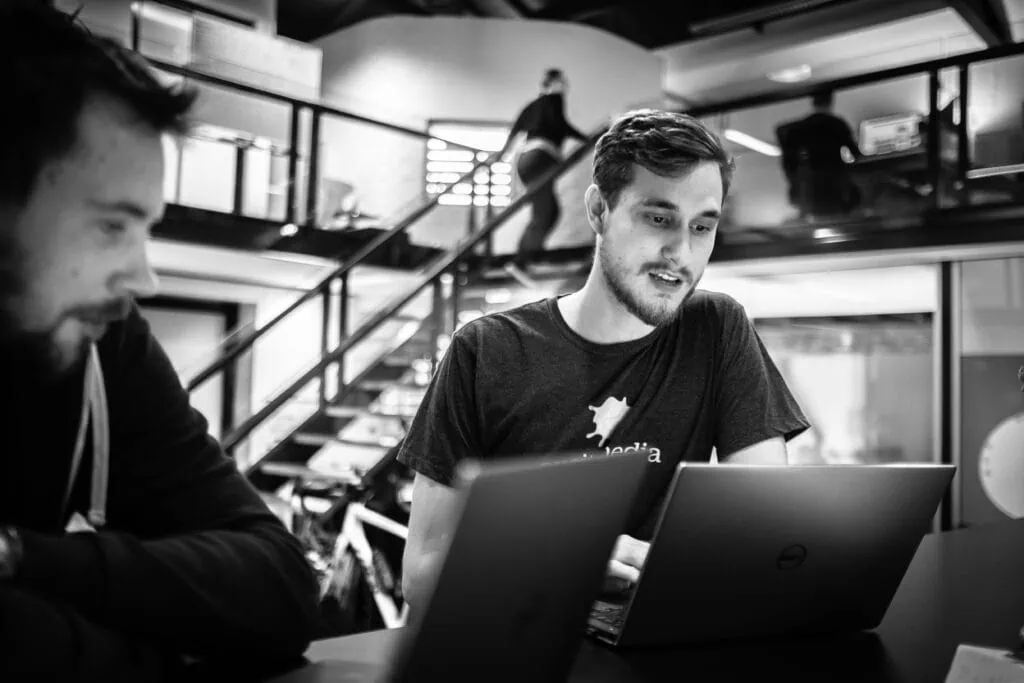
Using AI to generate images is at risk of copyright infringement 🚫
AI image generators are pretty cool, but they run a risk of copyright infringement. Why? The way that they work is to model off of existing works. That, and they don’t have the capacity to think as a human does, so don’t necessarily know when they’re blatantly plagiarising the work of others, or replicating a work too closely.
AI and machine learning work by finding and replicating patterns in ‘data’, and then using that to generate text, artworks, music and code. They scrape the information from the web that has been created by original authors, ‘studies it’ then uses it to ‘generate’ by replicating similar… There are many very explicit copies out there that have been AI-generated, and this is something that could become a big legal issue in the near future, as these AI technologies become increasingly popular.
In terms of artwork (which includes graphic design), if you mirror too closely another artist’s work, it is a copyright breach. Copyright is held for a long period; usually until 70 years following the death of the original artist, so the way that AI works to generate images does hold a pretty significant risk of copyright infringement.
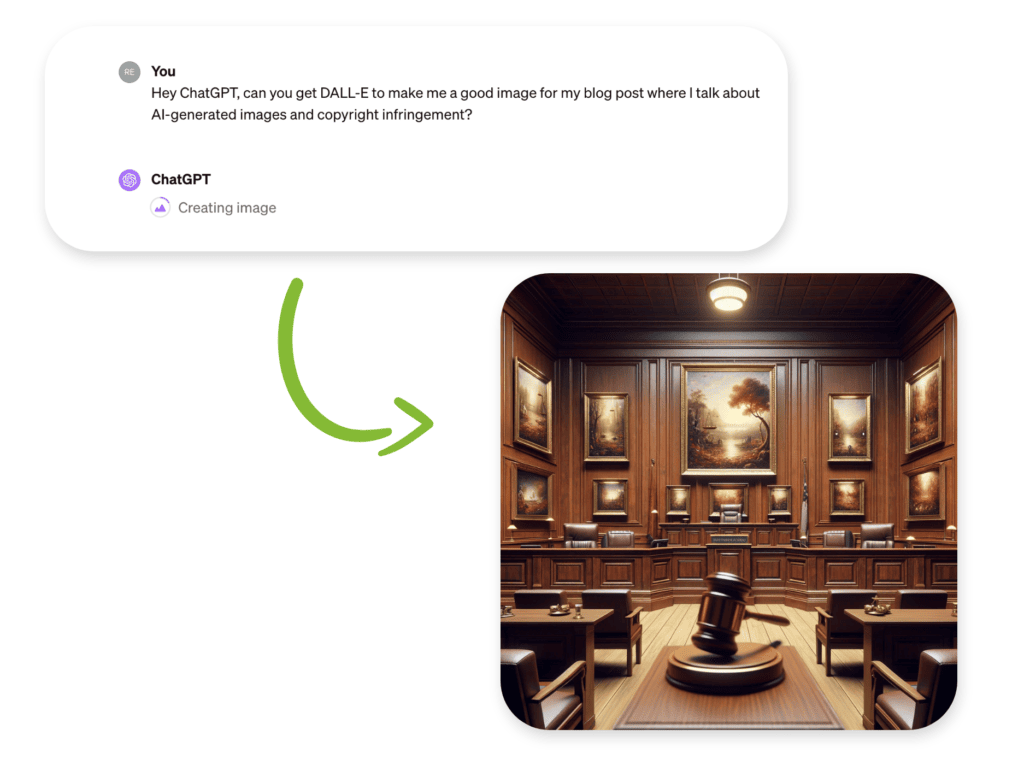
Train your staff 👨💼
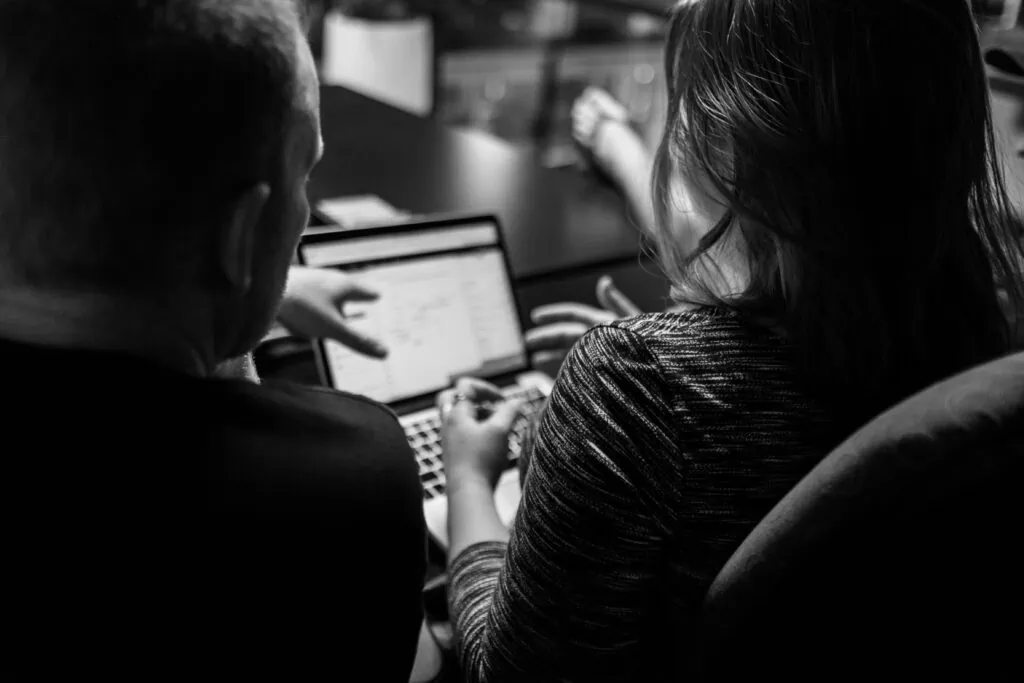
Copyright and social media are complicated 🖥️
If you upload someone else’s work to social media, and don’t have permission to use that work, you’re likely in breach of copyright law.
If you upload your own original work to social media, you don’t lose your copyright to that image… however, some social media sites have it listed in their terms and conditions that when you upload your work to socials, you give the social media site the rights to use it.
If you save an image off of social media (someone else’s work) and use it in another way, you may be breaching their copyright. (And the same applies for your content if others download it and use it).
It gets a little complicated with social media and copyright, but a good rule of thumb is not to publish images unless you are authorised to do so, anywhere, including on social media. Just because ‘everyone else does it’ does not mean that it’s safe. It’s probably a different matter if you share their post, as it shows that the original post was their work, and published by them… and it will likely tag them in the ‘share’, making them aware. Re-posting the image and posting as if it were your own is a different story, and may not be okay. Our advice? Definitely get legal advice as to what you can and can’t do on social media in relation to sharing and posting images. But the safest best is always just to use your own work, or use work that you have specific licences to, and that you’ve checked posting on social media falls within the bounds of that licence’s terms.
Giving credit to the image creator is important (tagging them, and calling them out as the photographer, videographer, creator or author), but keep in mind it may not always be enough.
Seek legal advice ⚖️
We’ve said it a few times within this article, but we’ll say it again: do seek legal advice if you have any questions, uncertainties, concerns, issues or potential issues about copyright laws and what they mean for you. If you receive a notice about a copyright breach, do seek legal advice, try to find the proof that you have the right to use that work (find your licence) and also work quickly to make sure that you don’t have any other issues or breaches.
Now is the time to check you’re not in breach of copyright ⌚
We’ll finish off by saying that now is the time to make sure you’re not in breach of copyright laws. With the influx of recent issues that we’ve heard about, and the rapid growth of the capacity of AI and technology, having an ad hoc approach to your images, assets and fonts is a risky business.

